PORCELAIN
The first porcelain vessel – a vase – was brought to Europe from the homeland of porcelain, China, in 1295. It was brought along the Silk Road by the Venetian merchant and traveler Marco Polo. At present, it is kept in the lobby of the Cathedral of St. Mark in Venice.
Over the centuries, porcelain from China spread throughout the world, but this journey was not very fast or easy – everyone guarded the technology of porcelain production. The country that discovered paper, silk, and gunpowder thrived during the Ming Dynasty (1368-1644), and porcelain became its most important export commodity. There is no consensus on the exact date of the invention of porcelain, but it is believed to have occurred during the Shang Dynasty from 1600-1045 BC or even in the 4th century BC.
According to some historical sources, revealing the technology of porcelain production or the composition of this material was punishable by a cruel death penalty. If even the slightest suspicion arose that a master could betray it, he was burned alive in the kiln.
Nevertheless, hard porcelain began to be produced in Korea in the 15th century, and in the 17th century – also in Japan by the same Koreans. Porcelain imported to Europe from China and Japan was in great demand, making an indelible impression on Europeans, and therefore was very expensive. Thus, aristocratic families of that time, having employed the most skilled alchemists, persistently tried to unravel the secret of white gold. Unfortunately, no one succeeded until 1708. Neither the Italians, the first to import porcelain artifacts to Europe, nor the French, who secretly sent Jesuit monks to China to learn its production secrets, nor the diligent English craftsmen. For example, Italian porcelain, produced in Florence in the 16th century and named "Medici," still resembled matte glass more than the coveted white material.
- We lacquer our jewelry with a special lacquer to prevent oxidation.
- However, we still recommend avoiding direct moisture.
- We package our jewelry in branded kraft boxes, so you can give the jewelry as a gift right away.
- It is impossible to repeat and create an identical second piece of jewelry.
- Therefore, each of our pieces of jewelry, like this one, is a unique work of art.



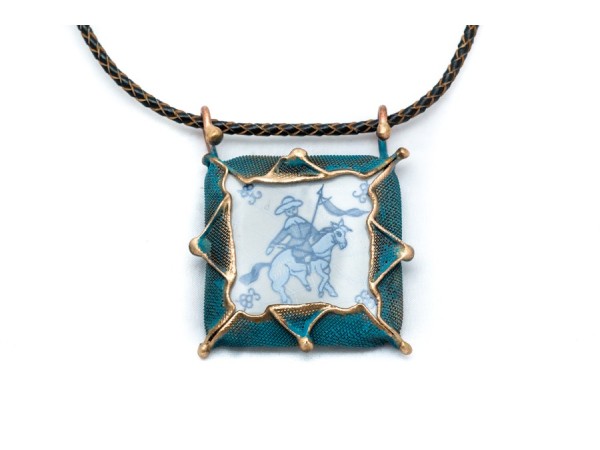


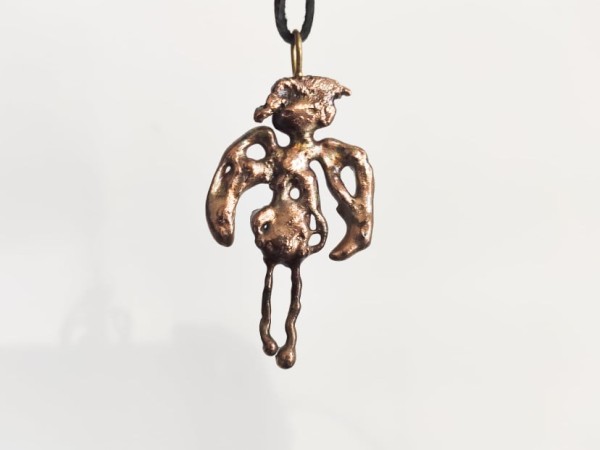



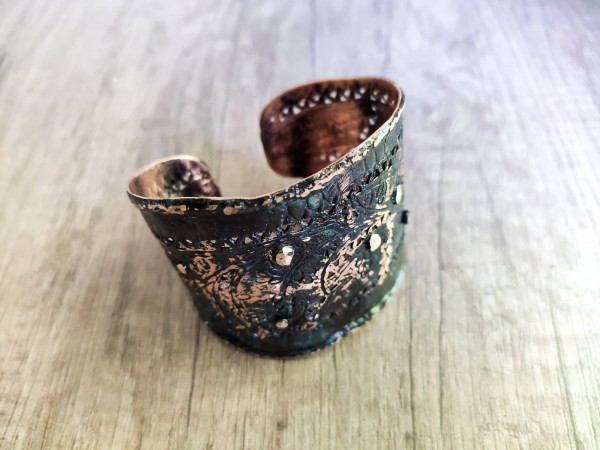

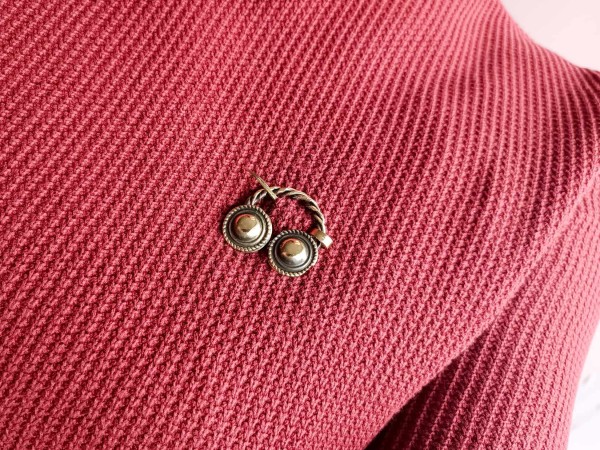




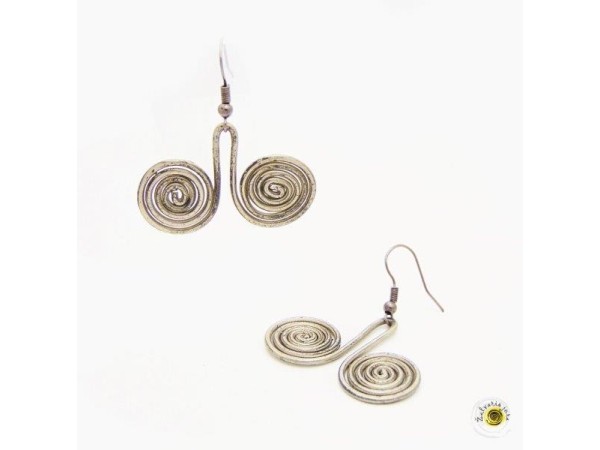

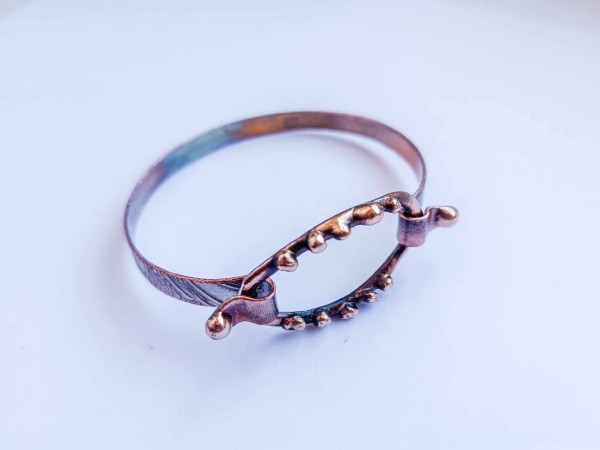






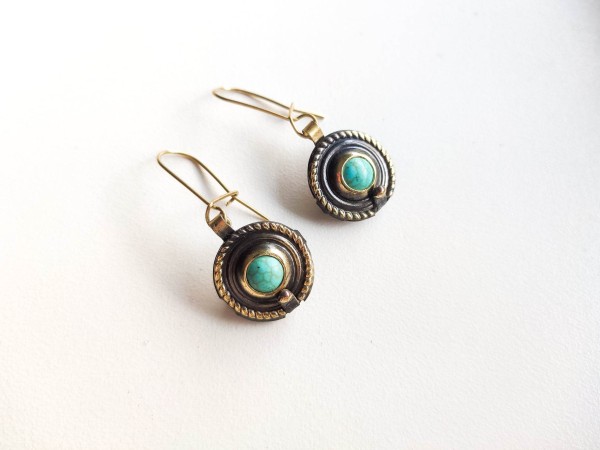






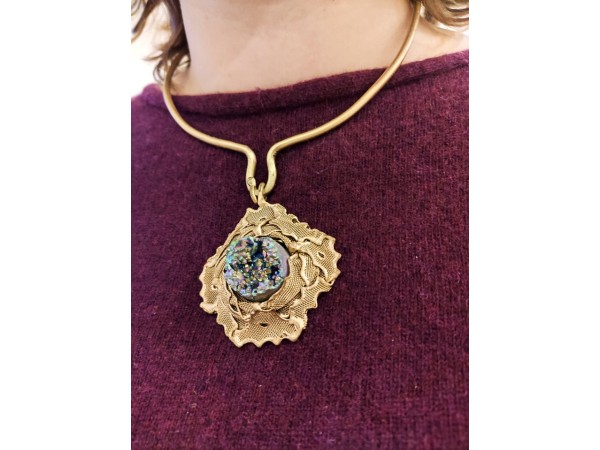

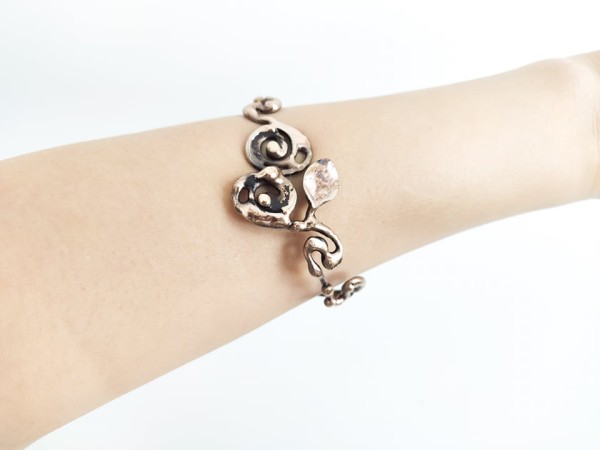






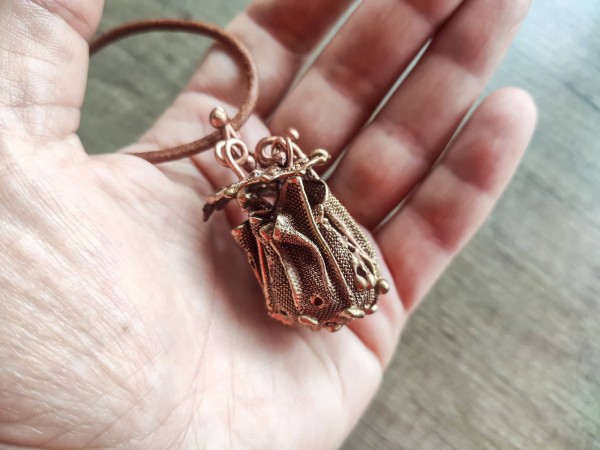


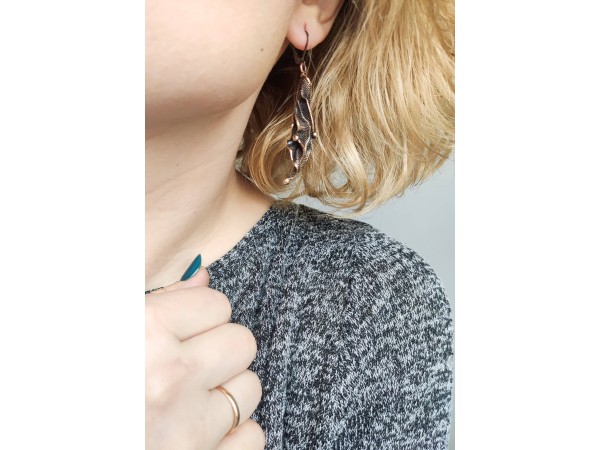
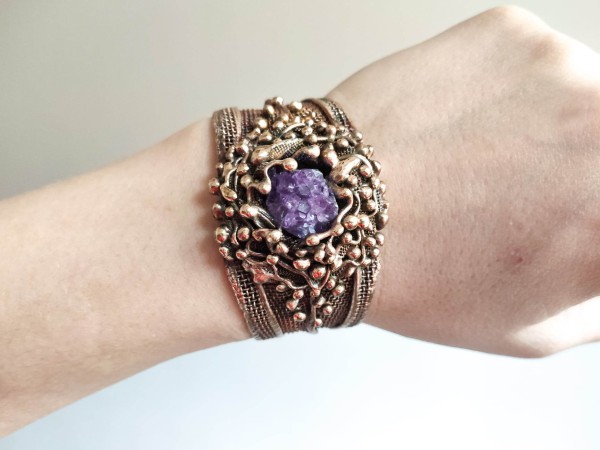




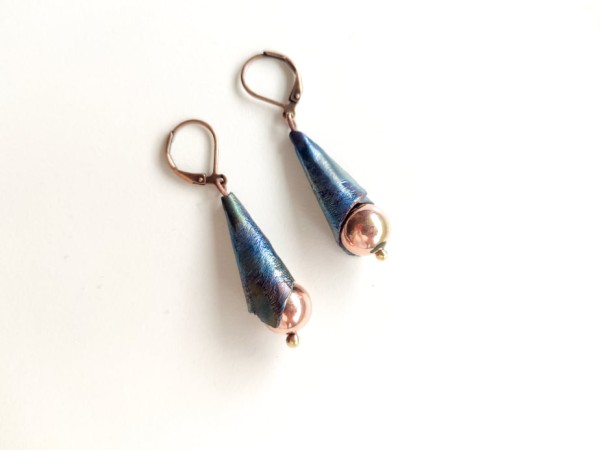



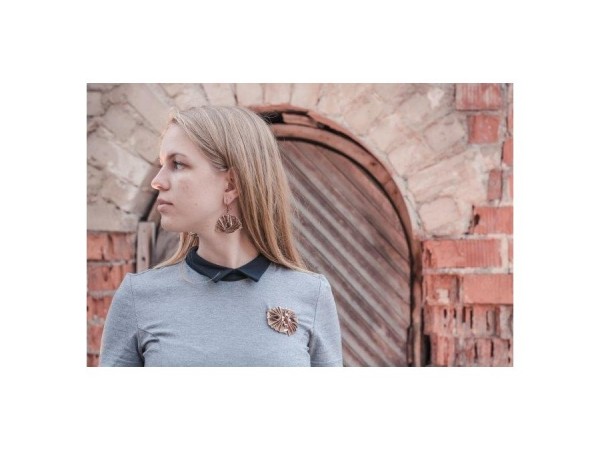


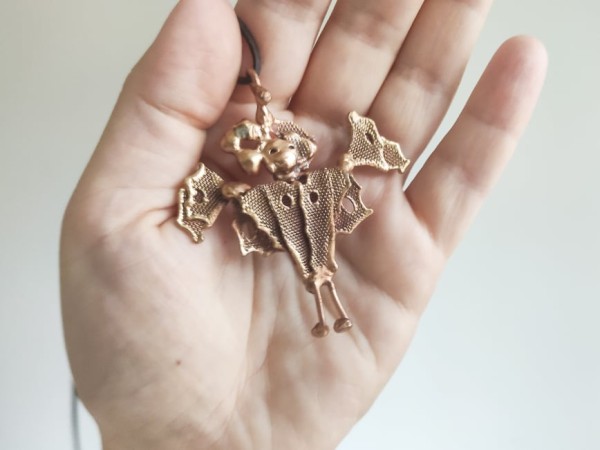

Product Comments
Your review appreciation cannot be sent
Report comment
Report sent
Your report cannot be sent